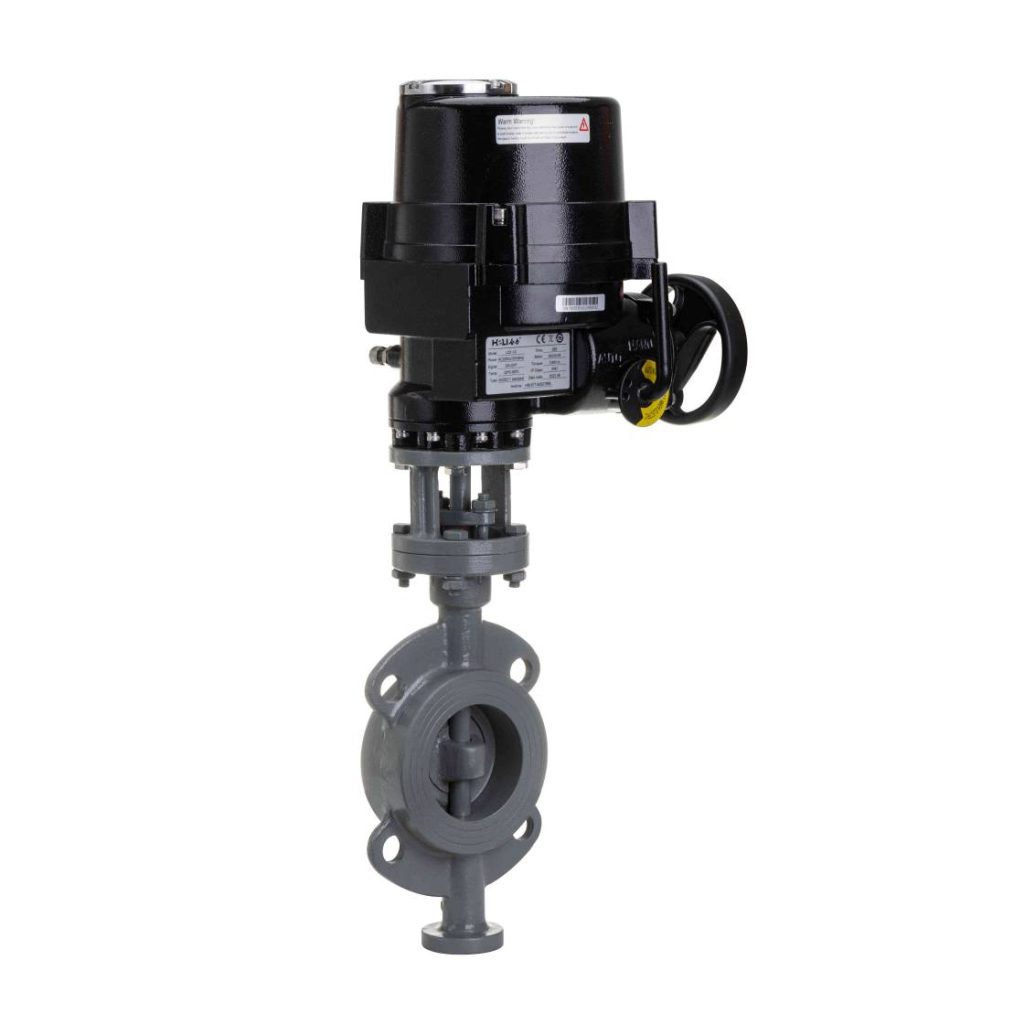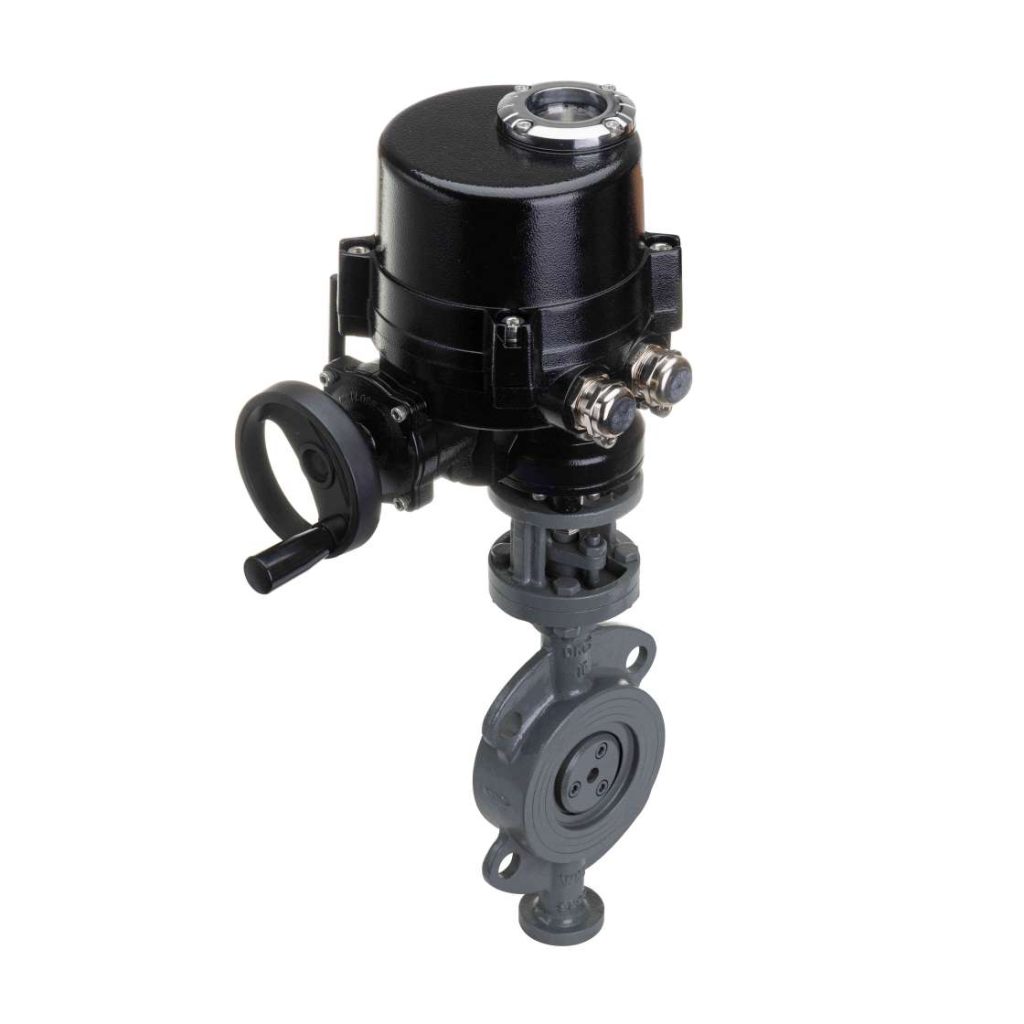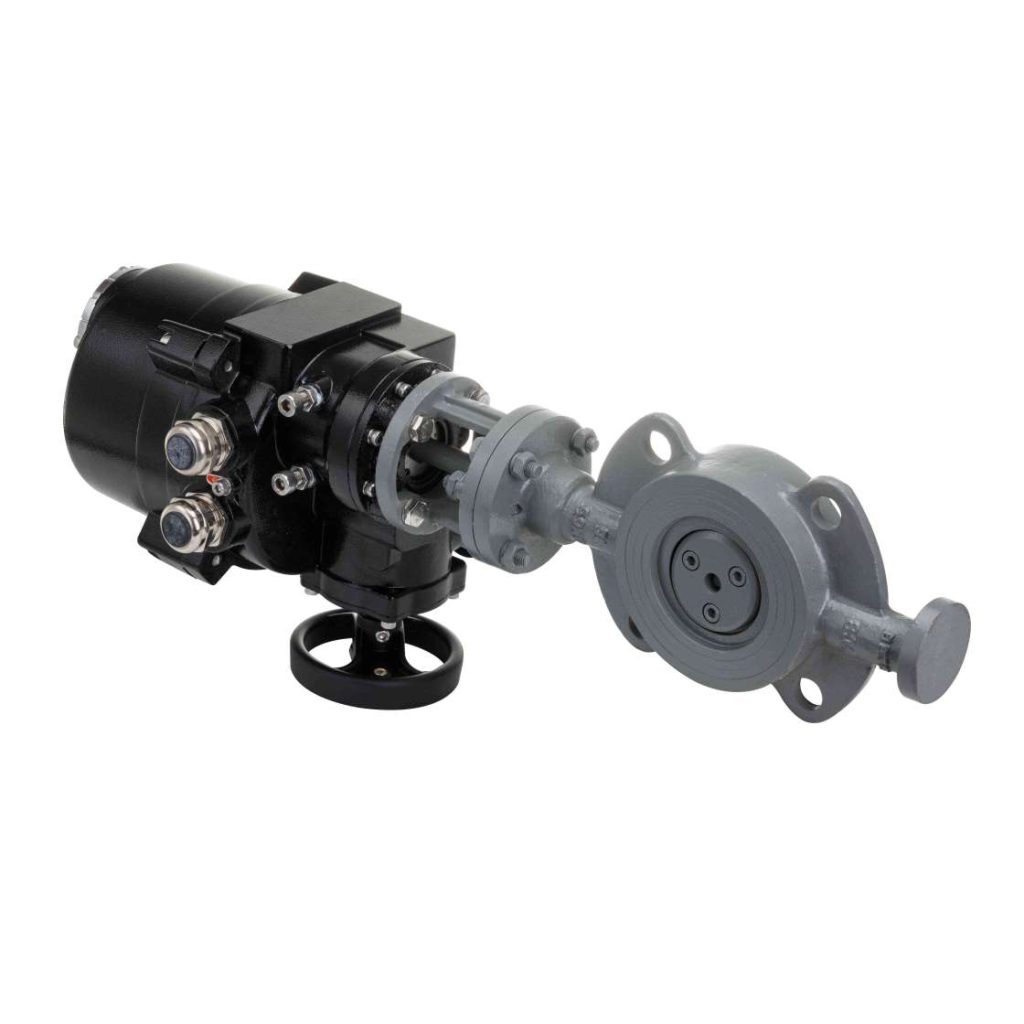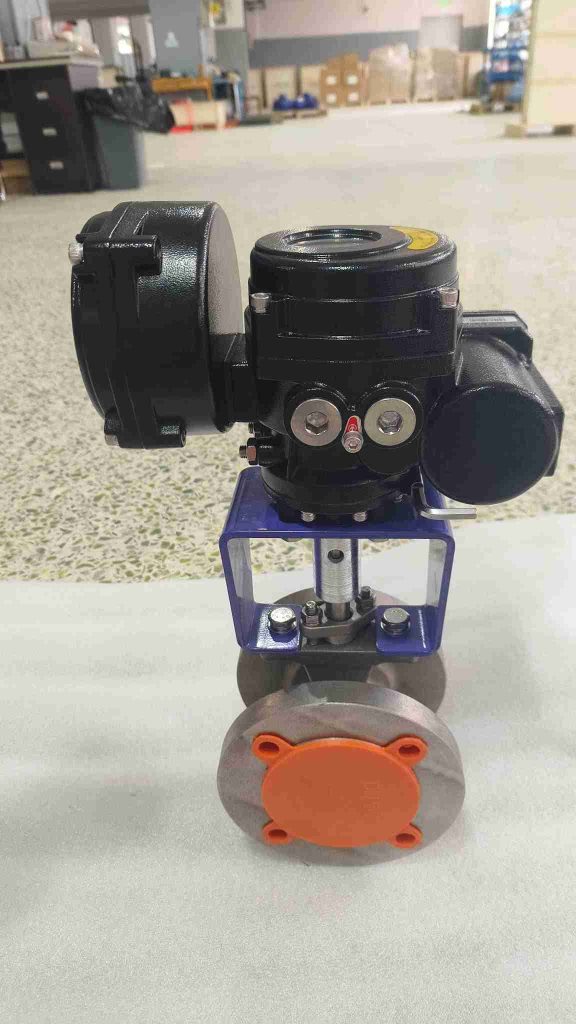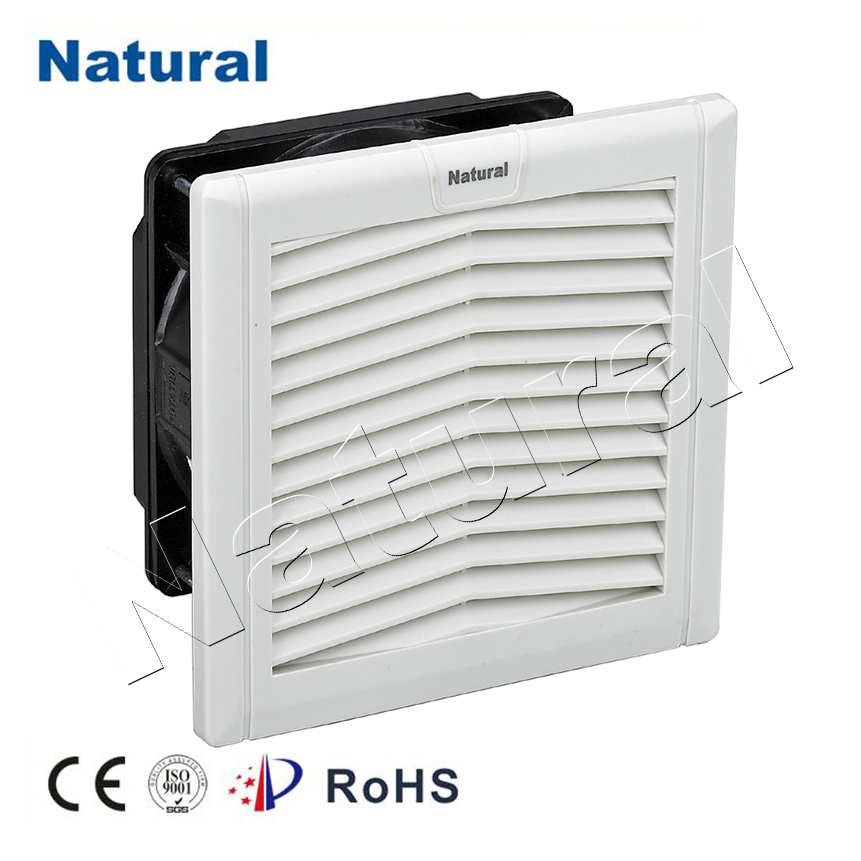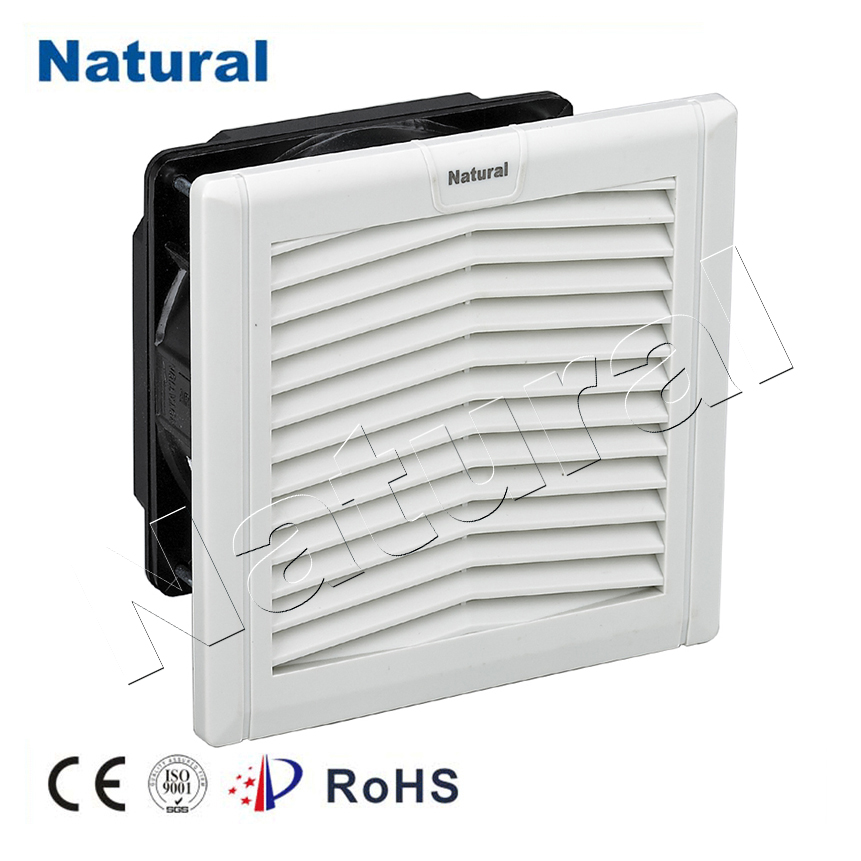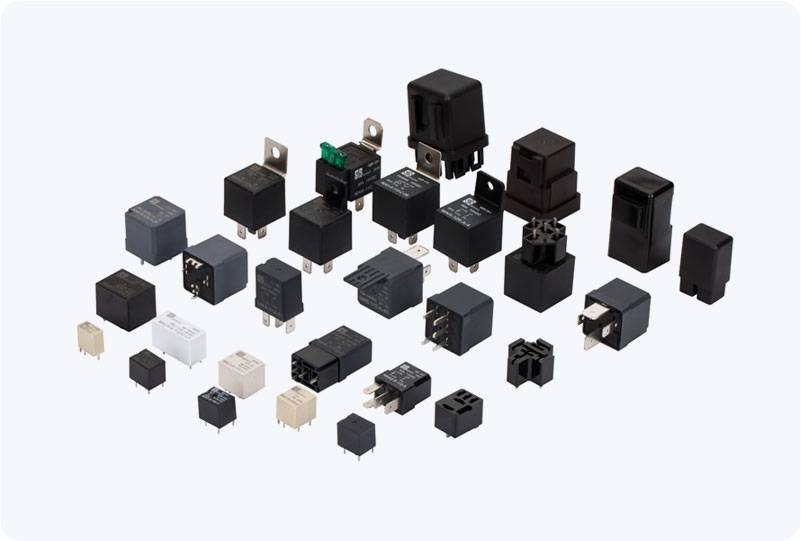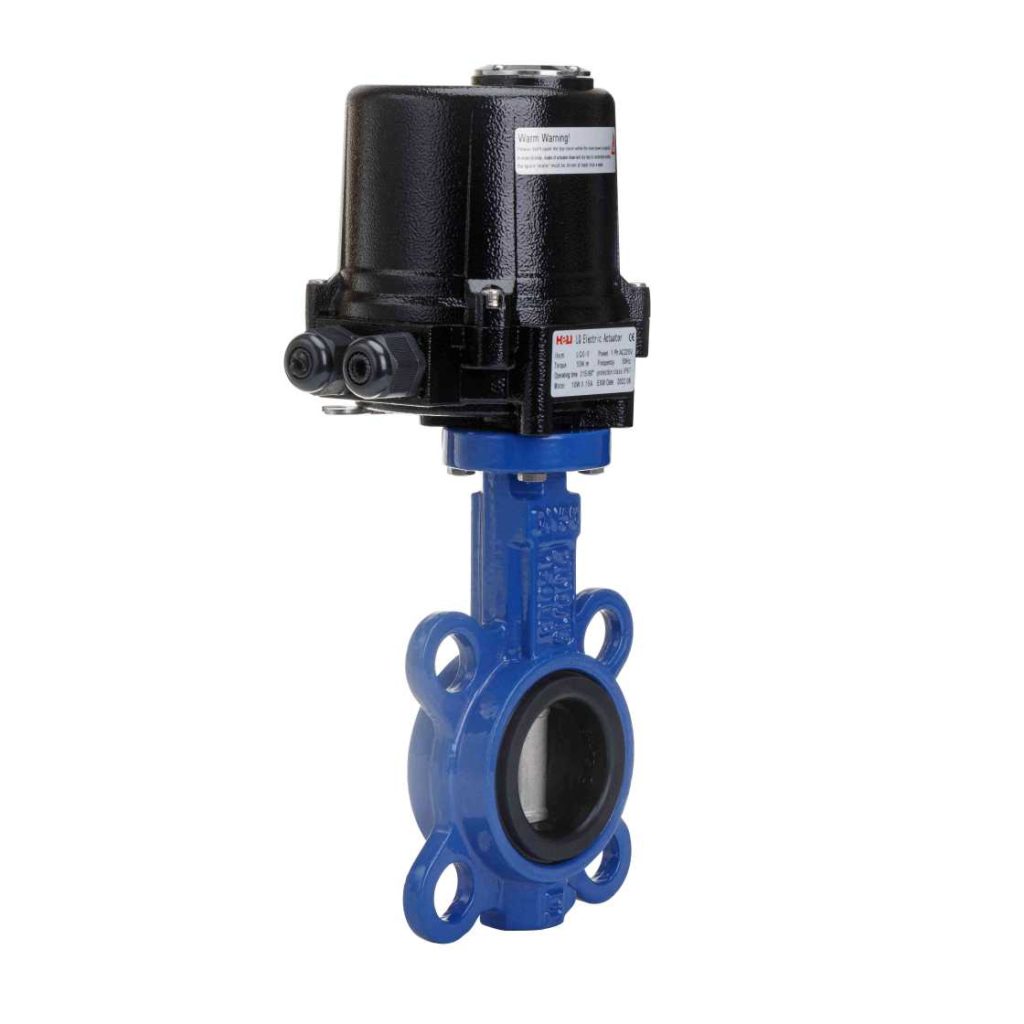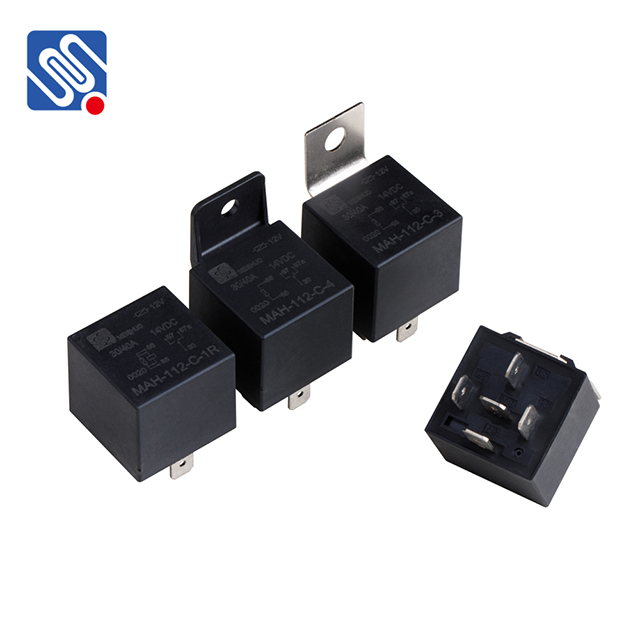Relay is a powerful JavaScript framework developed by Facebook, designed to efficiently manage data fetching and caching in React applications using GraphQL. As an integral part of this framework, “Relay types” refer to the specific types and patterns used to handle data retrieval, pagination, and mutation in a way that optimizes performance and ensures a smooth user experience. In this article, we will explore the key concepts surrounding Relay types and how they facilitate the development of scalable and efficient applications.

1. What are Relay Types? Relay types primarily revolve around the structure of GraphQL data and how it is queried and manipulated within a React application. The types ensure that data fetching and state management are consistent, predictable, and scalable. The most common types within Relay include Node, Connection, Edge, Fragment, Mutation, and Subscription. 2. Node Type One of the fundamental concepts in Relay is the Node type, which is a GraphQL interface representing objects that can be uniquely identified globally. The Node type provides a uniform way of querying any object in a Relay-powered application. Each node has a globally unique ID, allowing developers to easily fetch specific items across the entire system. This is especially useful in large-scale applications where multiple components may need to refer to the same object.

